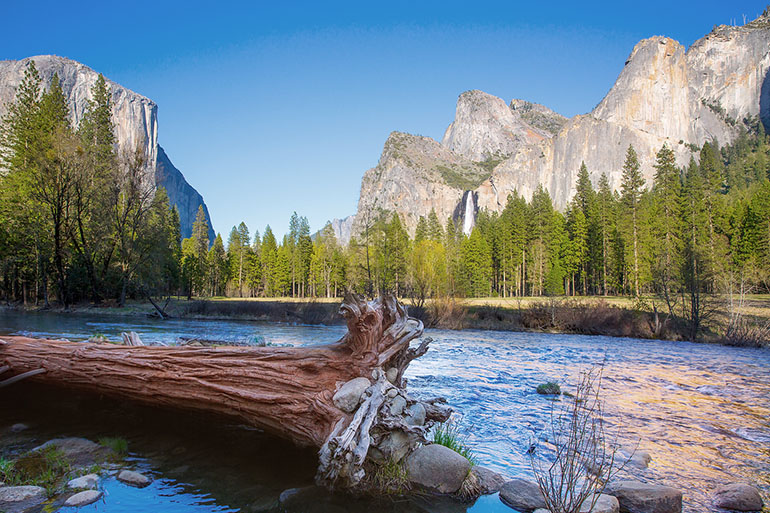
By Joe Bartozzi
Hunters have prided themselves as being the “original conservationists.” They’re rightfully boastful of that moniker. After all, the hunting licenses, stamps and permit fees hunters pay go directly into wildlife conservation in their states and across the nation.
It’s not just hunters paying into those conservation investments. Recreational target shooters and “regular” gun owners are an increasingly significant part of that equation. Every firearm and ammunition manufacturer pays an 11 percent tax on long guns and ammunition and a 10 percent tax on handguns that goes directly to the Federal Aid in Wildlife Restoration Trust Program.
That fund, commonly called the Pittman-Robertson excise tax, was responsible for generating over $1.6 billion in funds apportioned back to the states for wildlife conservation and increased access to public lands and recreational shooting opportunities in 2023 alone. About 90 percent of the money funding the U.S. Fish and Wildlife Service’s (USFWS) Wildlife and Sport Fish Restoration Program (WSFR) can be sourced to the Pittman-Robertson excise taxes paid by firearm and ammunition manufacturers.
What’s more is everyday gun owners and recreational target shooters, who may never go afield to chase wild game, are overwhelmingly supportive of firearm and ammunition manufacturers, the same ones they support, paying that excise tax so everyone can enjoy abundant wildlife and access to public lands.
The Survey Says…
A survey conducted by Responsive Management, in partnership with the Southeastern Association of Fish and Wildlife Agencies (SEAFWA), found that 86 percent of gun owners and recreational target marksmen and women who don’t hunt support the Federal Aid in Wildlife Restoration Program. That’s an incredible level of support for non-hunters to support a tax that’s been investing over $25 billion in wildlife conservation since 1937, when adjusted for inflation.
Those findings also show incredible support for the firearm and ammunition industry to continue to support these conservation investments through the excise taxes on firearms and ammunition even as the customers buying these products continues to shift over generations.
The Federal Aid in Wildlife Restoration Program was established in 1937, a time when most gun and ammunition buyers were hunters. This was the model of the “user-pay, user-benefit” system whereby hunters who harvested wild game would be supporting the manufacturers of the products they use – in this case firearms and ammunition. Those manufacturers pay an excise tax to reinvest a portion of their proceeds to sustaining healthy wildlife and the habitats in which those animals thrive.
Over time, recreational target shooting grew in popularity as a sport, even as hunting numbers have waned in comparison with population growth across America. That means today’s wildlife conservation efforts are increasingly funded by recreational target shooters and everyday gun owners. Those particular firearm owners might never go into the fields, woods and marshes, but they’re overwhelmingly supportive knowing that the tax the manufacturers pay on the firearms and ammunition they’re purchasing is ensuring that everyone in America – hunters and non-hunters alike – are able to benefit from the wildlife conservation investments made by the excise taxes paid by manufacturers.
That support is more than a passing thought to non-hunting gun owners and recreational target shooters. Of that 86 percent that indicated they supported the excise tax, 52 percent – over half – responded with strong support to the survey. Just three percent were opposed to the tax and another 12 percent were neutral.
Later questions in the survey revealed that 9 out of 10 non-hunters were proud to support conservation investments and 8 out of 10 non-hunters feel connected to wildlife and conservation.
Conservationists Redefined
This might not be all that surprising to those of us “inside the industry.” We’re routinely exposed to gun owners from all walks of life daily. This is an industry that takes pride in our responsibility to conservation. Our customers share that passion – even if they never choose to harvest wild game.
Still, those findings – especially the overwhelmingly high percentage of non-hunters who support the excise taxes manufacturers pay for wildlife conservation investments – was surprising for the architects of the survey.
“I expected that there would be support for the Federal Aid program but not to this extent,” said Responsive Management Executive Director Mark Damian Duda. “I thought there would be more opposition from gun owners and shooters who feel that any tax revenue they generate should go back strictly to shooting projects. Instead, what we saw is that most gun owners and shooters care about wildlife conservation, even if they don’t hunt. Support for Pittman-Robertson exists across the board, with sizable majorities of every demographic group within the sample favoring the program. This is encouraging news and should give legislators a clear sense of how vital the Wildlife Restoration program is. It should also put to rest any ideas of using it for any other purpose.”
The notion of a “conservationist” needs an update. It started with hunters dedicated to ensuring that abundant wildlife and public land access was available to future generations of hunters. Today, that’s not confined to men and women with blaze orange caps and camouflage waders. Today’s conservationists proudly include those at indoor ranges, sporting clays courses and next-door neighbors who own a firearm for self-defense.
It’s a moniker we’re proud to share.

